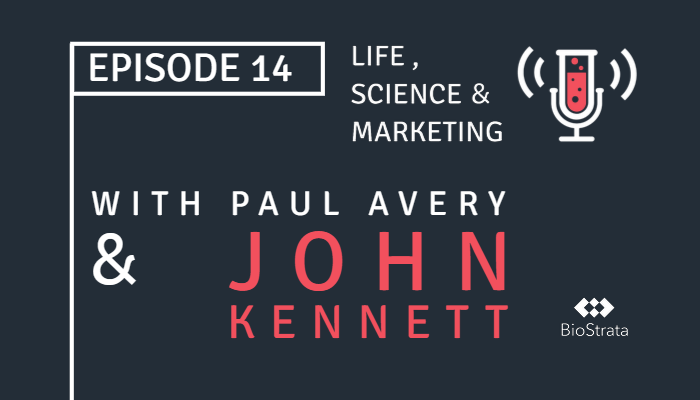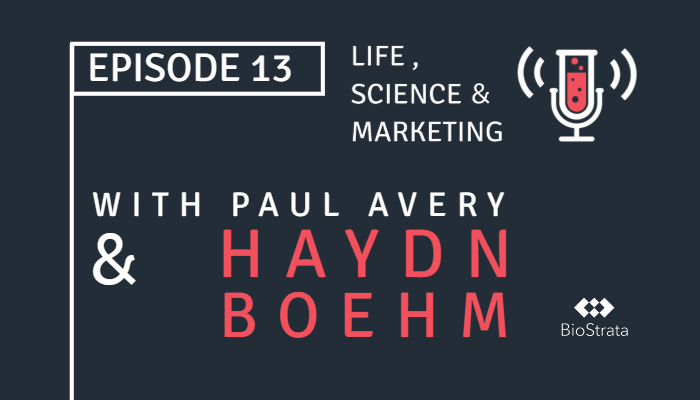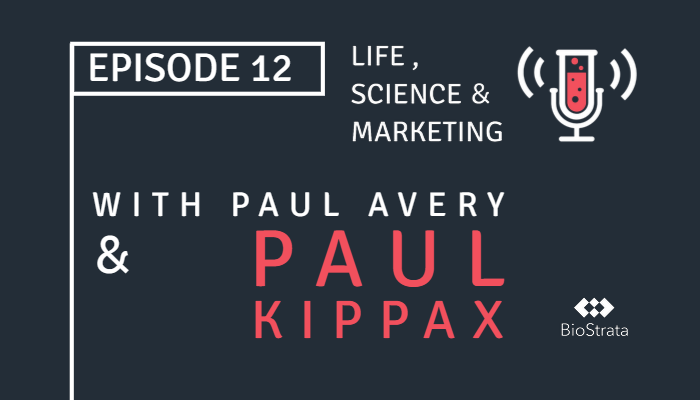Creative: a panacea for anything and everything? Or is it that magical corporate label for a process someone else clearly does not understand? A brush that is liberally dolloped onto something at the last minute that missed the point in the first place? It’s a shame Mr Jobs had never come up with that mystical F13 Key shortcut that does all that creative stuff, while people got on with other less taxing distractions – it would have made him a bigger fortune!
So what is this creative process in regard to good graphical design?
The old adage of ‘less is more’ has never been more applicable in a world where everything and the kitchen sink are frequently thrown at a project. We seem to have a natural penchant for overcomplicating things, yet – without intention – we thereby risk burying the core message (just look at Christmas!) amidst the superfluous. Hands up all those over zealous marketers trying to gild the proverbial PowerPoint lily with slide 96; come on, you know who you are! We’ve all slept through one of those presentations or, quite honestly, struggled to cut, simplify and streamline our own slide decks.
Sadly this is becoming true in the preparation of most designers‘ ‘creative briefs' – so much so that the old days with a drawing on the back of a cigarette packet, which actually got to the point and said more than a five page 'look and feel' guide, have all but vanished.
A good graphic is almost akin to a good horror film: it’s all about mood and atmosphere; something unexpected that you swear you saw at the corner of your eye; something that provokes a reaction. Thinking laterally or, as they say, ‘outside the box’, can alleviate the lazy use of the obvious, retraining the brain to frequently propose and accept something different, and thus something new – a sense of play always providing a useful tool to foil sensitivities.
Simplicity is key
Psychology has taught us that if we can relate a name to an associated image, then we are more likely to remember that name. ‘We talk in pictures, not in words’ might seem a throwaway line, but it demonstrates a human ‘Visual Basic’ coding that we all share in our DNA. For this reason, when distilling an idea, it is vitally important to filter it down to its most basic elements, working with it in its simplest form; allowing you understand exactly why one thing works and why perhaps five others do not!
This may all sound very ‘New Age’ and yes, you’re probably right! However, in a world where text and imagery are becoming visual wallpaper, always vying for our attention, assaulting our brains with information overload, simplicity is still the key to the door of remembrance and conveying a message.
.jpg?width=400&height=282&name=Eye%20mouth%20and%20hand%20in%20art%20frames%20(comp).jpg) Image: Valentina Photos/Shutterstock.com
Image: Valentina Photos/Shutterstock.com
Freedom of expression
How many of us have experienced a ‘brainstorming’ company meeting? That perfect storm punctuated with ‘blue sky thinking’ thrown in for good measure! Often a whole boardroom filled with people distracted by a pressing work schedule and urgent deadlines; lured by the ‘lunch and learn’ carrot; struggling in unison to develop or hold on to creative ideas that feed an inspirational concept. Then, just as the final wrap-up comments are made in next-to-no progress at all, an enabler who decided to bring a pencil and a pad into the arena rather than risk total insanity, doodles something that appeals to a colleague. A comment is made, a joke follows and ‘Ta-dah!’ we’re back on track.
Creative brainstorming sessions are not easy. A team needs nurturing, encouragement and freedom of expression. A creative hiatus can be restarted by free-forming; getting people to reach into their inner being and see what pops out; a ‘hallelujah’ episode; an idea from ‘out of left field’; a ‘build it and they will come’ moment; a— you take my point. Sometimes even the tumbleweeds stop tumbling and a seed that is worth further consideration appears. From that point, you can start harvesting the ideas, separating good from bad, getting everyone’s creative momentum going – people actually realise they too can be creative, allowing ideas to be freely discussed to see if they have legs.
Creative style comes and goes, then it comes back, and then goes away, but eventually the good is filtered and remembered – the flared trousers are left in the bin.
The great design left behind is the love child of clarity and simplicity.



